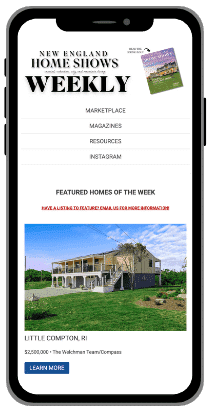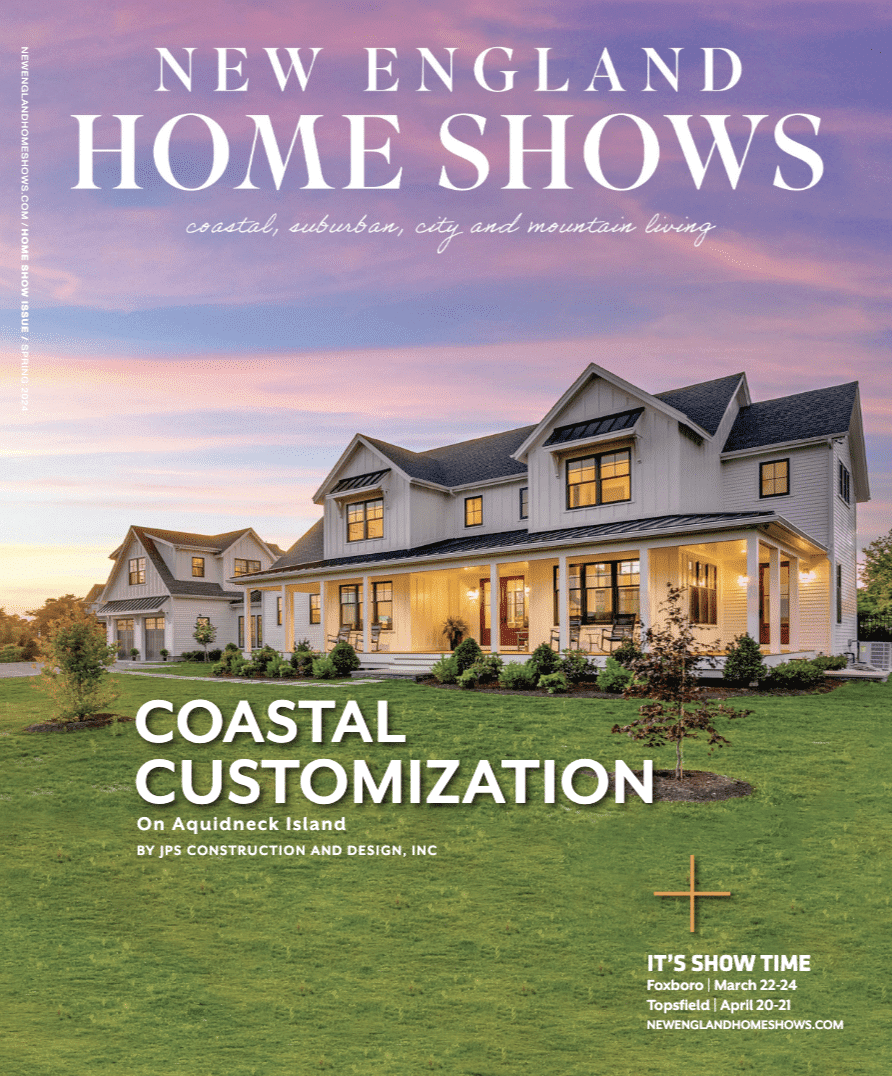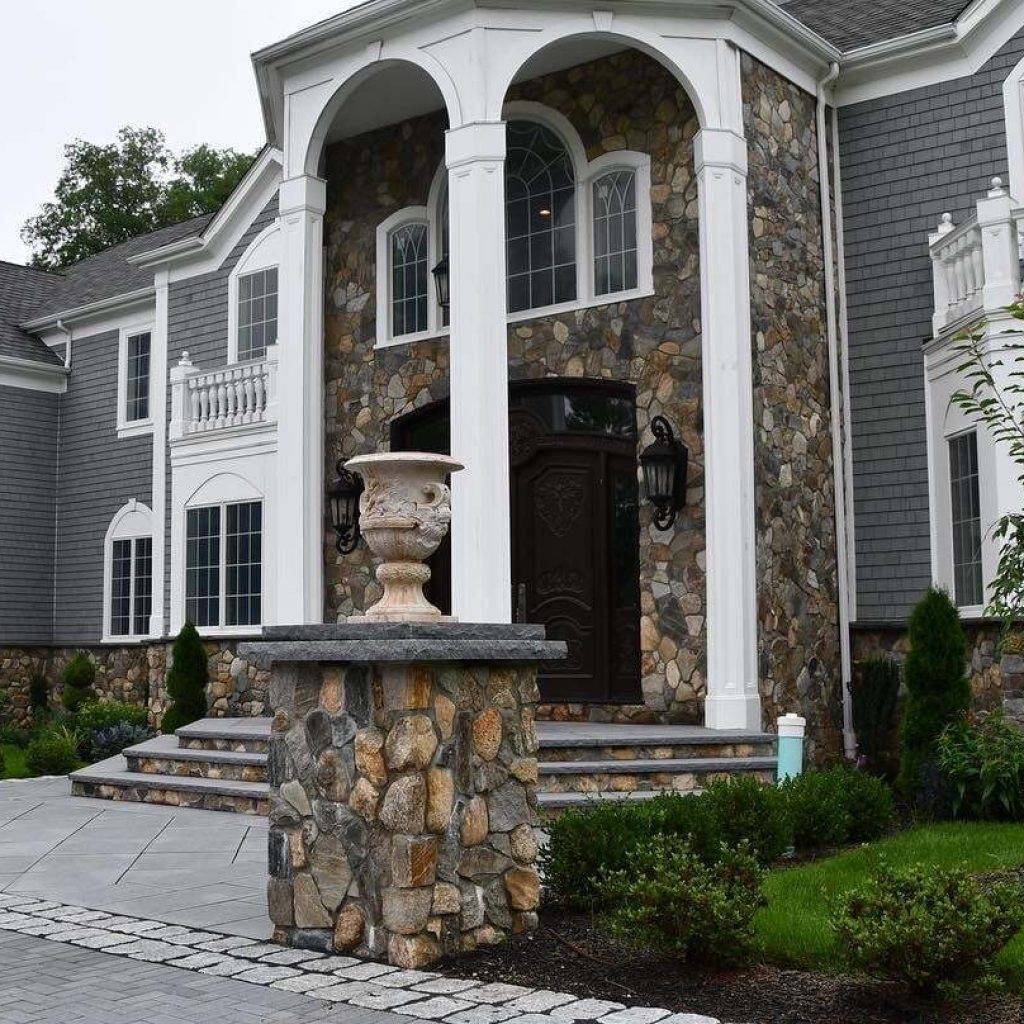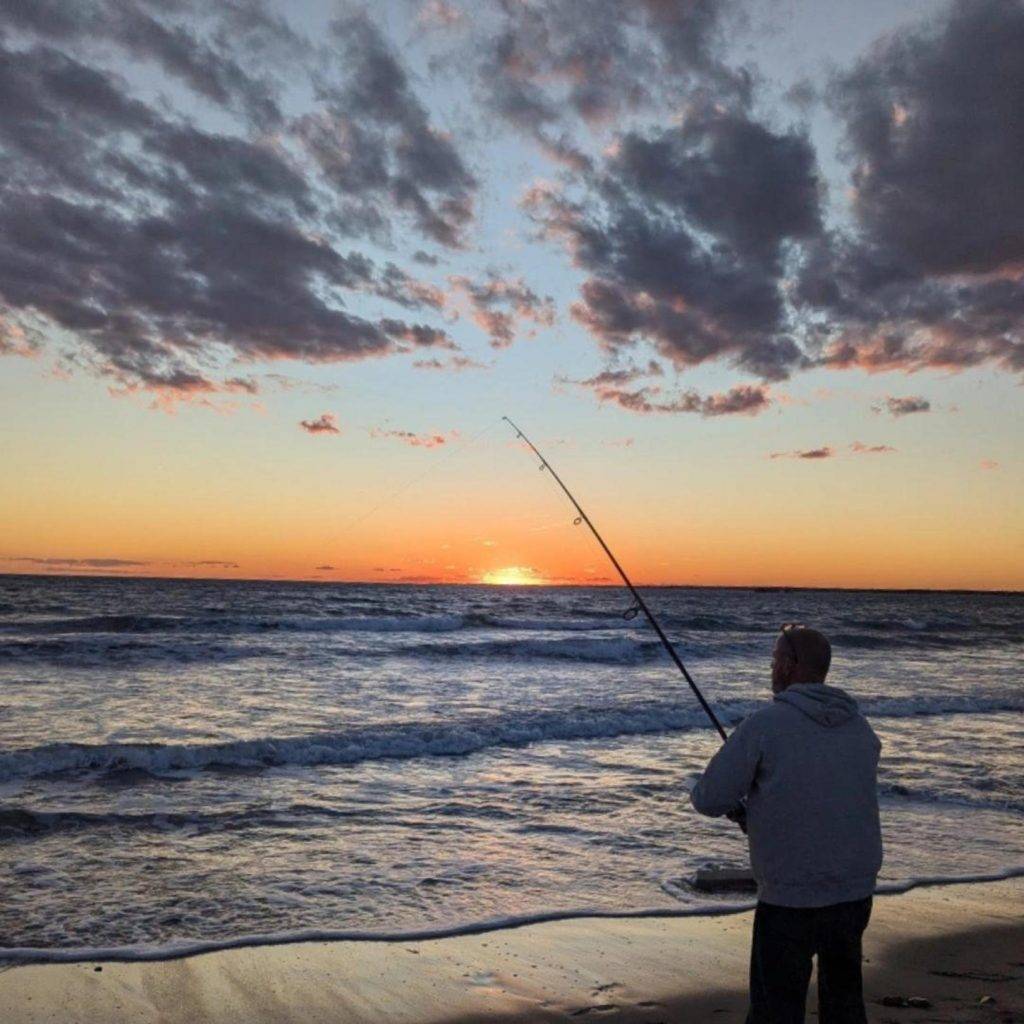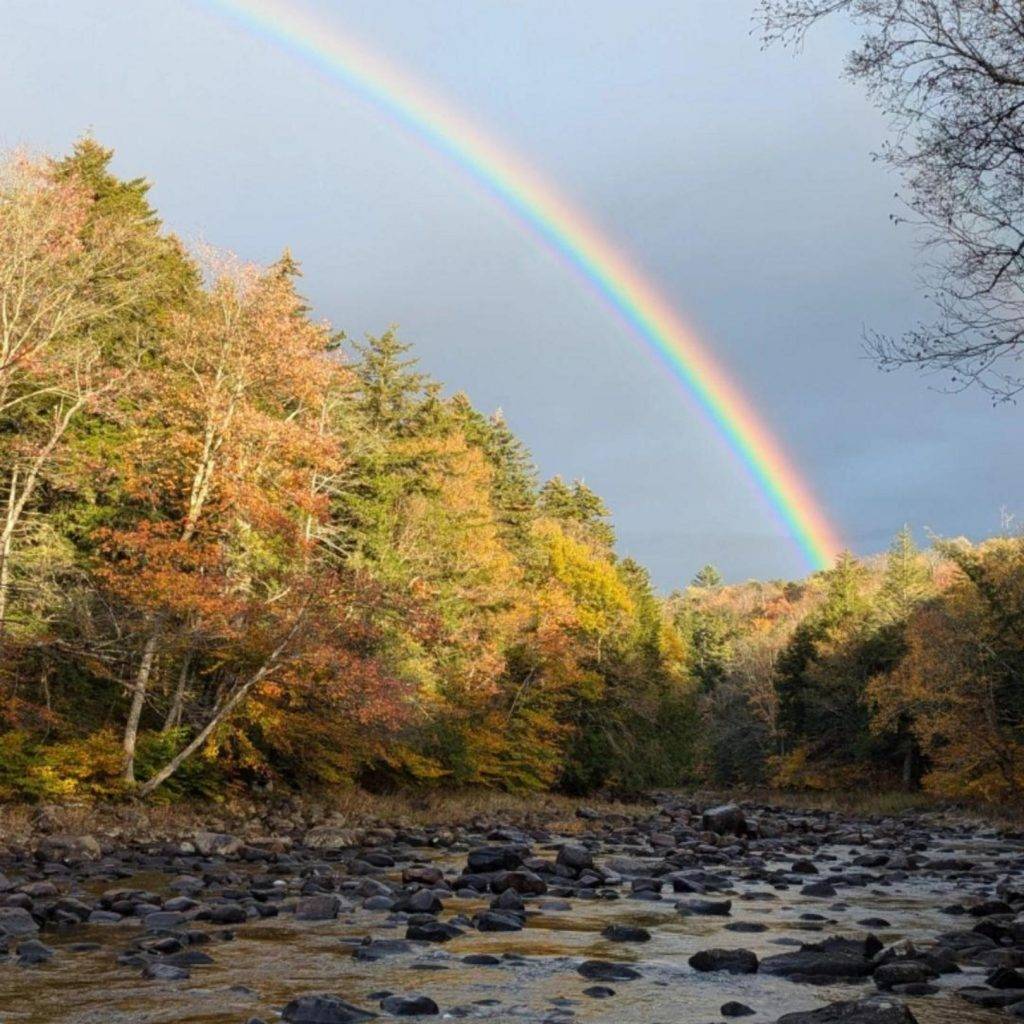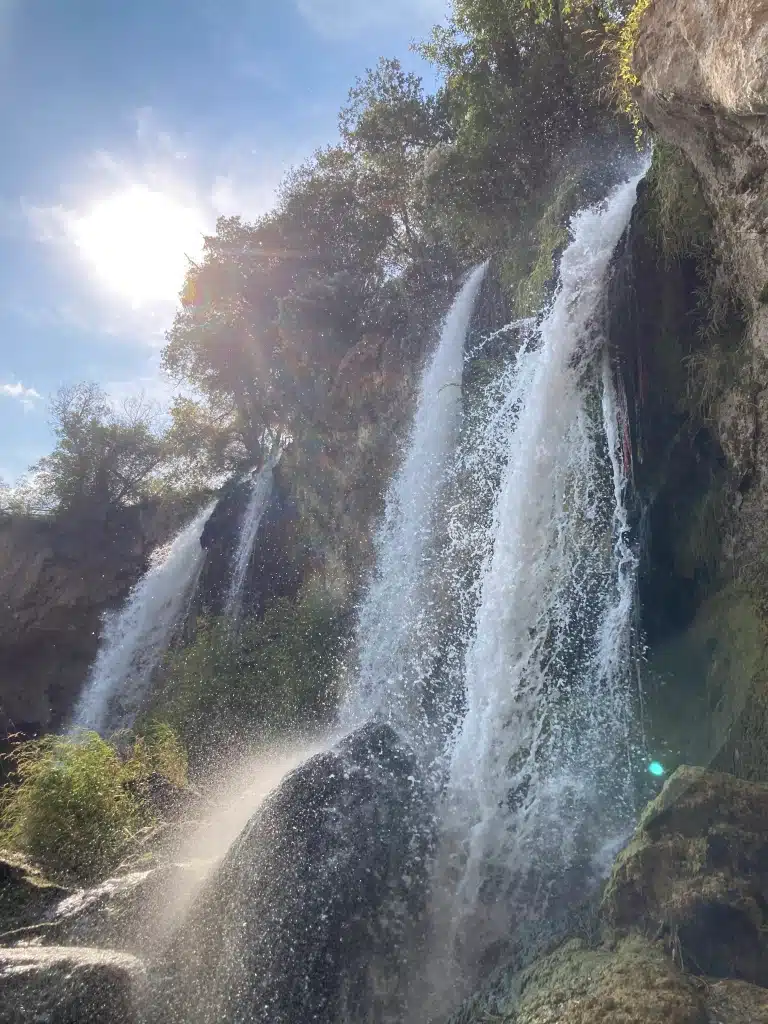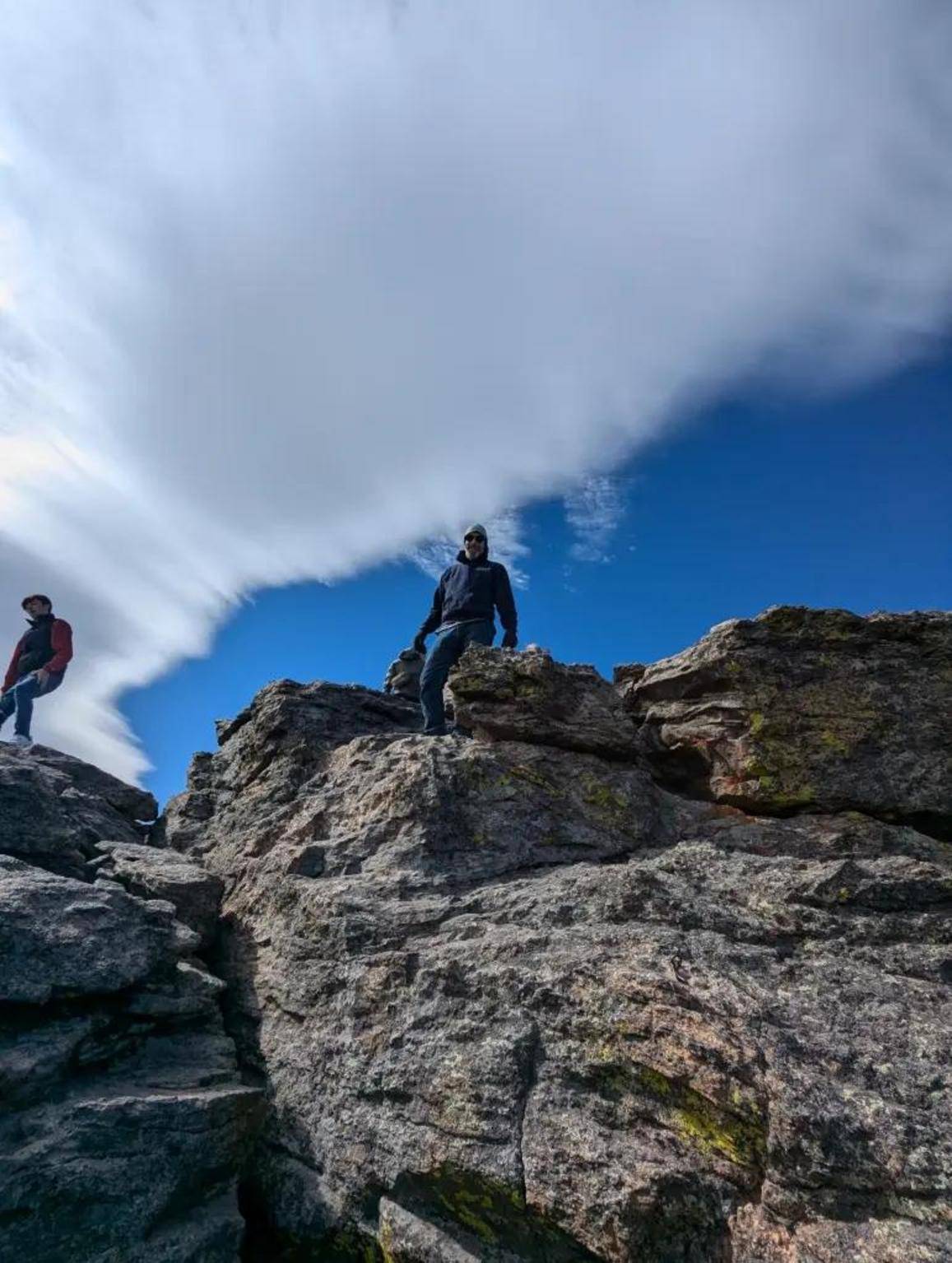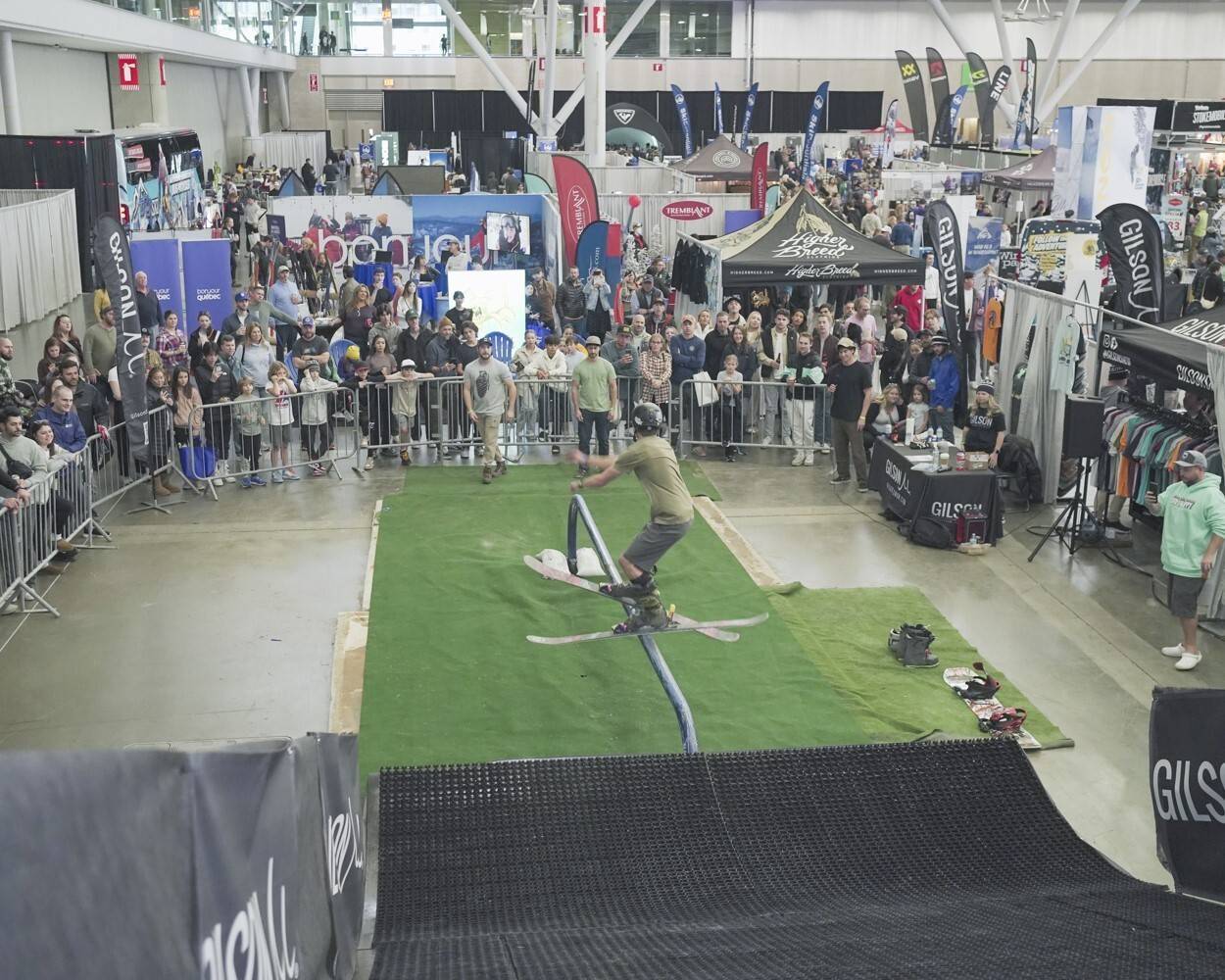A dear co-nerdy planner friend of mine, Angelina, was asking me to write a post about the logistics around our trip. How did we plan space, time, funds? How is your camper equipped? Practical concerns like bathrooms, towing and gas? I started to reply to her privately but thought that it might be something that others could find interesting so here we go. The planning before and during and what we have learned so far.
The ”before” planning:
I did a little bit of conversation about keeping things from falling into disarray while driving in the camper in Episode 2 but it was very light and more about stuff I bought to organize things. Bigger questions like time, money, etc. I did not touch so if you are interested please ready below.
TIME:
As far as time, we kind of randomly chose 3 months with some considerations. We knew we wanted to reach Banff and back so distance to travel without white knuckle driving was certainly a factor. Leaving in August meant getting to Banff after school vacation started in hopes of having less people there but before it got too cold. We also wanted to be home for elections so that gave us our window.
FUNDS:
As far as how much money to budget realistically we took a lot into consideration. Gas was most likely going to be our major expense so we looked at where we might go, the average gas price and the miles we were considering traveling to come up with an estimate. We knew the average mpg we were getting pulling the camper and then adjusted for potential hilly terrain in the Rockies. Our practice trips came in very handy for that.
FOOD:
We looked at grocery bills and we are trying to eat in as much as possible but realizing we would want to also explore some of the local cuisines. When we go out we generally try to do that at lunch time since that is a cheaper meal. We will occasionally splurge because we are also looking to have fun So we took our normal budget for food shopping and then upped our “going out” budget by about 20%. So far so good but we shall see how well we are able to keep that in-line.
ACCOMODATIONS:
We are boondocking (staying at zero cost places with no hookups of electric, water or sewer) 2-3 days a week usually using Harvest Host which has been working out great. On our test runs before hand we did mostly boondocking to understand how quickly the tanks fill with usage. We do change habits when boondocking by using a lot less water and being more on the rustic camping side of things. Every third or fourth day we hit a campground to enjoy some hookups and also to dump at a cost of about $25-50 per night so $35 on average. We will stay one or two nights with the occasional three night if we really need a break.
MISC COST:
Costs like state park entrance fees added an additional 20% to our normal entertainment budget. All of that gave us a pretty good number (we hope) and then, because I am a project manager I added another 10% buffer.
Towing required an upgraded truck (we did not want anything more than a V6 because we wanted to use it when we got back and did not want to live with a huge mpg hit after the trip so that was a definite consideration in camper size. We wanted as small a camper as possible for weight and ease of driving but had to have a bathroom and shower with enough room and good layout so we would not kill each other (jury is still out ). We had a preference for a bed you do not have to breakdown every night. We looked around a lot and we got very lucky to find our 16’ super-lite sunlit camper that pretty much fit the bill. We are 2.5 weeks in and we still love it.
For boondocking we had a few considerations. We wanted a rig that allowed for a solar panel hookup and that as well in our find. I happened to already have a small portable generator (that can also be powered by that solar panel – what can I say – I used to be a girl scout) that can supplement cell phone or other small needs in case we need it. So far we have used it twice if we are multiple days boondocking without driving anywhere.
What we have learned:
Speaking of charging things. We generally will charge cell phones and potentially the generator (which we can hook up laptops or lights to) while we are driving. Gigi (our truck) has plugs all over and has been great for that. We try to keep everything as charged as possible because we can never be 100% sure when we are going to hit electrical again.
My biggest logistical concerns center around water and dumping with a secondary concern about gas though we have not had any issues with that right now. We are sticking to smaller highways but even in the remote areas we have not had a problem with gas. With water I try to make sure that we have at least half a tank of water before we leave a campground. You can find some Harvest Host people who will let you fill up water and sometimes at a gas station. The thing you need to balance is that water is heavy so filling up and driving around with a full tank of water kills your gas mileage so it is a bit of a dance. We have an emergency 2.5 gallon water jug we keep in the truck just in case. We had to use it the first time yesterday but otherwise we have been OK.
Dumping is like gas stations. You can dump, usually for a fee, at campgrounds you pass along the way so that is definitely helpful. Otherwise we know we can last 2-3 days of boondocking with staying at a campground allowing us to dump.
Another thing we had to consider was that our refrigerator and freezer do not run while we are underway. It runs on electricity or propane but we cannot (or don’t want to for safety) run the propane while we are underway. We bought some freezer packs that we keep frozen while we are stationary and then put the freezer packs in the fridge when we are moving. If then becomes a cooler. That will hold for about 3-4 hours. If we are driving for more than that we will stop for lunch for about an hour and run the propane to re-cool it. That has been working really well.
We did bring emergency cash – both American and Canadian – but really with credit cards and ATM machines everywhere it is not an issue.
Connection is also a thing. That has been really hit and miss but we are learning that we can park into towns and grab a coffee and upload when necessary but it has been pretty easy.
Before you go I also recommend downloading all the user manuals you may need. That has come in handy a few times for us. The biggest thing we have learned – let go and enjoy. More on that in our next episode. Let us know if you have any questions and I hope this was useful and interesting.
← Episode 4: Flirting with Canada
Episode 6: Travel time & Bushwacking →


